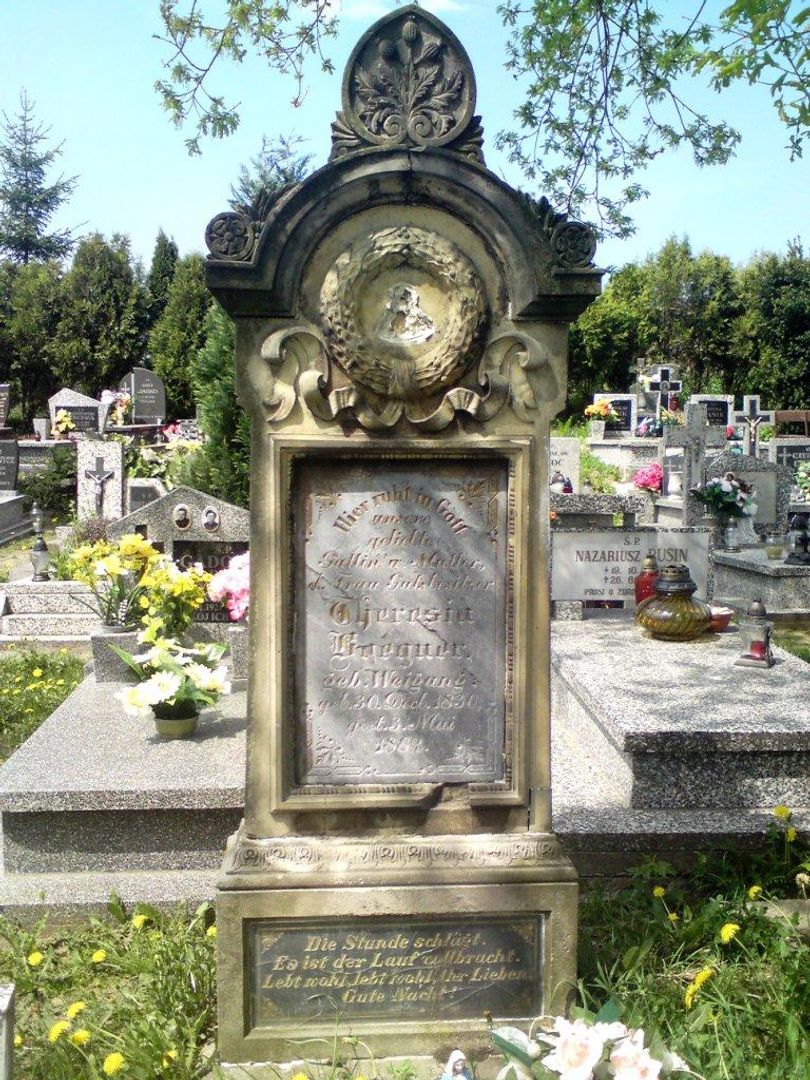Laski
6.67

Overview
Laski, formerly known as Heinrichswalde, is an agricultural village in the Lower Silesian Voivodeship, with a rich history dating back to the 13th century, when, according to legend, it was founded by Prince Henry I the Bearded. Over the centuries, the village belonged to various duchies and monarchies, including the Habsburgs and the Kingdom of Prussia. Its current name was adopted in 1946. Laski is a linear village, stretching 5 km along the Ożarski Stream valley, surrounded by picturesque mountains. Visitors can admire the Church of the Assumption of the Blessed Virgin Mary, featuring a Gothic tower and Baroque elements, as well as a number of other monuments, such as statues of St. John of Nepomuk and roadside shrines. The village's history is closely tied to the monastery in Kamieniec Ząbkowicki, whose Cistercian monks introduced advanced agricultural practices here. Laski faced numerous hardships, including bandit raids and wars, which led to significant impoverishment. In the 20th century, the village witnessed socio-economic changes, and after World War II, its population was completely replaced. New infrastructure was developed, including shops and agritourism farms. Local legends tell of a mysterious rider and a treasure discovered in 1885. It is also worth noting that Laski has potential for tourism development, although agricultural functions have so far dominated.
Location
2025 Wizytor | All Rights Reserved